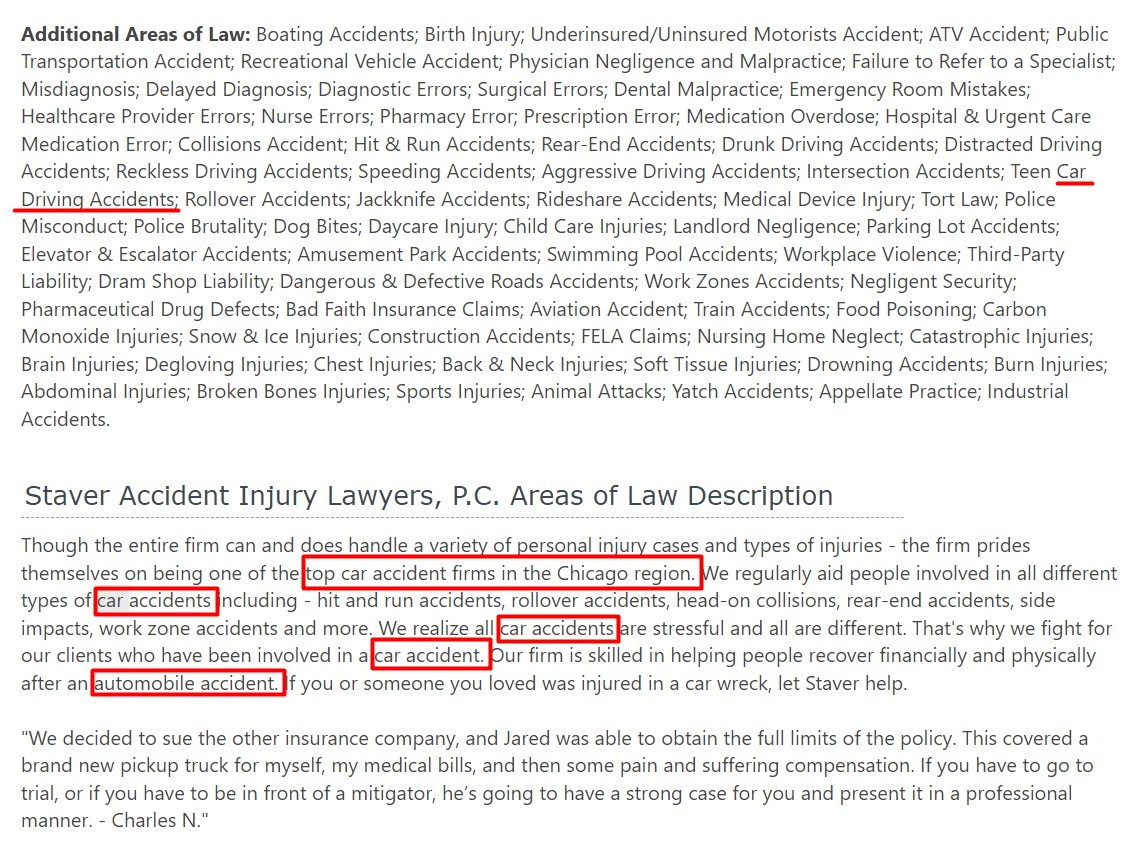demi80e0194169
About demi80e0194169
Court procedures in the UK are designed to ensure that justice is carried out in a fair and transparent manner.
 One of the significant aspects of UK court procedures is the importance of transparency. When you loved this information and you would want to receive more details with regards to 1to1Legal find law firms near me please visit the webpage. Court hearings are typically open to the public, and judgments are often published, ensuring that the judicial process is accountable and that the public can understand how decisions are made. In some sensitive cases, such as those involving national security or the safety of vulnerable individuals, certain parts of the proceedings may be closed to the public, but these instances are rare.
One of the significant aspects of UK court procedures is the importance of transparency. When you loved this information and you would want to receive more details with regards to 1to1Legal find law firms near me please visit the webpage. Court hearings are typically open to the public, and judgments are often published, ensuring that the judicial process is accountable and that the public can understand how decisions are made. In some sensitive cases, such as those involving national security or the safety of vulnerable individuals, certain parts of the proceedings may be closed to the public, but these instances are rare.
The role of security in court facilities in the UK is the provision of security measures. Given the sometimes high-stakes nature of legal proceedings, courts must ensure the safety of all parties involved, including judges, legal representatives, defendants, and members of the public. Court buildings are often equipped with security screening areas, metal detectors, and secure entrances and exits. Additionally, some courts have on-site police officers or security personnel to manage potential risks and ensure the safety of everyone in the building.
However, despite these improvements related to court facilities. One significant issue is the ongoing pressure on resources, with many courts experiencing overcrowding and budget cuts. As a result, some court facilities may be outdated or in need of repair, impacting the efficiency of legal proceedings. In some areas, court buildings are old and not well-equipped to handle modern technological needs, leading to delays in proceedings and difficulties in managing caseloads.
Court administrators. They ensure that resources are properly allocated, staffing needs are met, and that the court’s facilities are in good working order. Court administrators also liaise with other court personnel, including judges, clerks, and security staff, to ensure that the court runs smoothly and that cases are heard in a timely manner. They also handle budgets and oversee the management of court facilities, ensuring that courtrooms are appropriately equipped and maintained.
The role of the media also plays into the justice process. In some high-profile cases, media coverage can influence public opinion or put pressure on courts, potentially leading to rushed or biased judgments. This is particularly relevant in sensitive cases involving celebrities, political figures, or contentious social issues.
Court reporters or stenographers are responsible for transcribing the proceedings in court. They provide an accurate, verbatim record of what is said during hearings, which can be used for appeals, record-keeping, or future reference. Court reporters must be highly skilled in shorthand or transcription software to keep up with the fast-paced nature of court hearings. The transcripts they produce are often used to ensure that judgments and decisions are correctly recorded and can be referenced in the future.
Accessibility in courtrooms is another key consideration when designing law court facilities. Courtrooms and other areas are built to be accessible for people with mobility challenges, with ramps, lifts, and seating arrangements that ensure everyone can participate fully in the legal process. Courts also provide specialized equipment, such as hearing loops and sign language interpreters, to ensure that those with hearing impairments can follow proceedings without difficulty.
Once the case progresses to trial, both sides will present their evidence and arguments before a judge (or a panel of judges in certain cases). In criminal cases, the prosecution will present evidence to prove that the defendant committed the crime, while the defense will present evidence and arguments aimed at casting doubt on the prosecution’s case. In civil cases, both the claimant and defendant present their evidence to support their respective positions.
Perceived prejudice can also contribute to mistakes. While UK judges are generally seen as fair and independent, there have been cases where prejudice may have influenced outcomes. For example, in immigration or asylum cases, critics argue that a lack of cultural awareness or empathy can result in unfair refusals and deportation orders.
Crown courts handle serious criminal cases, including murder, rape, and large-scale fraud. These courts require more advanced facilities, such as larger courtrooms with ample seating for a jury, the defendant, witnesses, legal representatives, and public observers. In addition, Crown Courts often include secure holding cells for defendants in custody, ensuring that individuals who are facing serious charges are kept safely away from the general public. These courts are also equipped with high-quality audiovisual systems, as trials may involve extensive witness testimony, expert evidence, and video recordings that need to be presented in a clear and understandable manner.
The Norman invasion of England in 1066 brought significant changes to the judicial system. The Normans introduced a more centralized form of government and legal system, and courts became more formalized. The most significant change was the creation of the King’s Court, or the Curia Regis, which was a royal court responsible for handling more serious disputes. This court marked the beginning of the English legal system as we know it today, with the king or his representatives overseeing the administration of justice across the land.
No listing found.